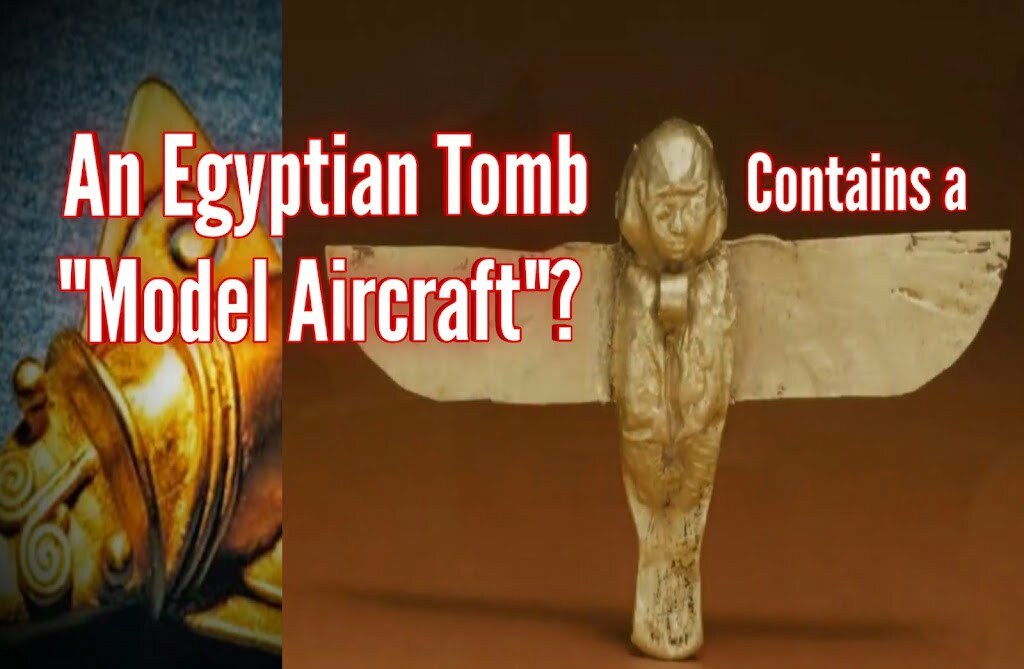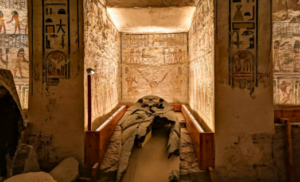From time to time, we will highlight for you one of the captivating displays that can be discovered in the museums of Giza.
We personally find that the more valuable of objects are often overlooked, indeed, these precious masks and past pharaoh’s possessions are undoubtedly exquisite in nature, however, there are some objects, they weren’t made to draw attention to themselves, but rather to serve a purpose; one that could help solve some of the world’s biggest mysteries.
Beyond the mountainous displays of precious jewels and finely cast golden relics which captivate the crowds who flock to experience this extremely rich history, We personally find that the more valuable of objects.
Excavation of the Pa-di-Imen Tomb:-
There is an artefact that was discovered in 1898 during an excavation of the Pa-di-Imen tomb in Saqqara, Egypt, that you may find to be a bit more practically designed for flight through the Egyptian skies. This artefact is known as the “Khufu ship,” and it is a boat that was found disassembled under the Great Pyramid. It was once said to have floated through the sky. Although it’s a stretch to think that this spacecraft can actually fly.
Covering Ancient Spaceship “VIMANA”?
In spite of the fact that numerous sources have emerged over the course of the past century accusing Egyptian authorities of covering up the discovery of ancient flying machines known as vimanas within the pyramids of Giza, our aforementioned artefact appears to have circumvented this network of secrecy.
“It is not uncommon for multiple toy models of the pharaohs’ preferred watercraft and vessels to be discovered within the well-stocked and well-preserved tombs of long-dead pharaohs.”
These tombs were once the final resting places of pharaohs who amassed incredible riches. miniature versions of their preferred modes of transportation that are exquisite in construction and detail.
It would appear that this artefact may have been subjected to the scrutiny of the public paradigm’s security netting; however, as a result of this, the artefact no longer possesses its tailplane.
Numerous individuals now think it was a replica of an old flying device, specifically a glider, but this opinion is far from universal. This theory is given the name “the Saqqara bird.”
 |
| © 2013 – 2022 |
Egyptian physician, archaeologist, parapsychologist, and dowser Khalil Messiha has come to the conclusion that the ancient Egyptians were the first people to develop aircraft. The fixed wing on its back has been found to be perfectly angled to create lift, which leads him to believe that the ancient Egyptians were inspired by the flight of birds.
He has written a number of persuasive and academically accepted papers about the Saqqara bird and the supportive evidence that suggests that it was indeed a replica miniature of a larger finely built flying craft that was once built for the use of a pharaoh. These papers focus on the evidence that suggests that the larger craft was built for the use of a pharaoh.
It was inevitable that the publishing of the facts would subject him to considerable amounts of animosity, and that is exactly what he has experienced. One such endeavour was carried out by a person who went by the name of Martin Gregorie.
He was a builder and designer of free-flight gliders, and it is said that he constructed an exact replica of the Saqqara Bird out of balsa wood. Gregorie would reach the conclusion that the Saqqara Bird never actually flew after putting this facsimile through its paces.
He informed those who were interested that the aircraft was completely unstable in the air. The addition of a tailplane didn’t change his mind about the glider’s subpar performance, he said. In his final statement, he came to the conclusion that the Saqqara Bird was most likely a toy or a weather vane when it was first created.
Martin has now been shown to have lied about the capabilities of the glider; the question now is why he lied about these abilities in the first place. This obvious attempt to conceal the truth, on the other hand, was unsuccessful.
According to Dawoud Khalil Messiha, Messiha’s son and a successful architect who has thankfully continued the work of his father, Gregorie’s suggestion that the Saqqara Bird was a weather vane is impossible due to the lack of markings or any holes on the model that would serve as a means of hanging it. This is according to Dawoud Khalil Messiha. Thank goodness his father’s work has been continued.
Additionally, and most importantly, an expert in aerodynamics named Simon Sanderson also tested a replica model in a wind tunnel without a tail plane and discovered that it created “four times the glider’s own weight in lift.” Although it may have irritated some people, the Saqqara Bird flew very well.
These individuals likely regret not taking the entire artefact when they had the chance years ago, rather than just the tail plane, Sanderson then subjected it to another more powerful wind tunnel in Liverpool University. This time, after adding the missing tail, he stated that the Saqqara Bird actually flew quite well. “Over 2,000 years after the ancient Egyptians carved this mysterious bird, modern technology has proven beyond doubt that at.






